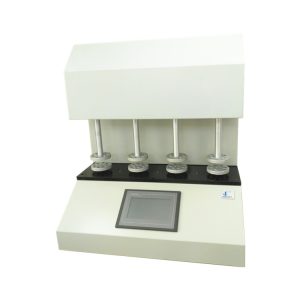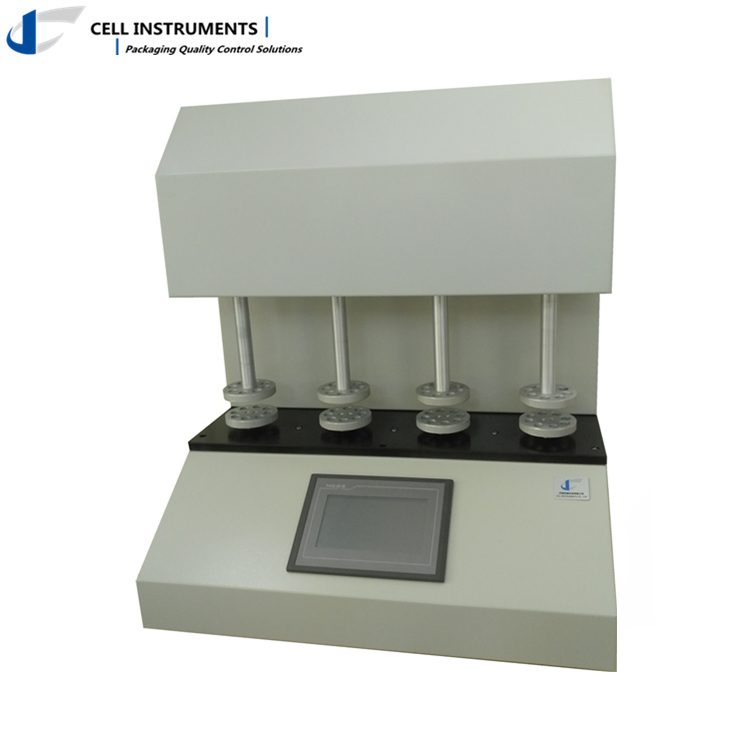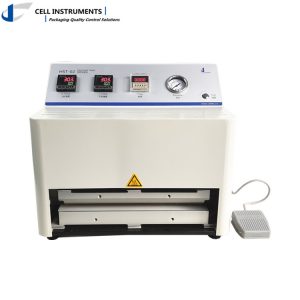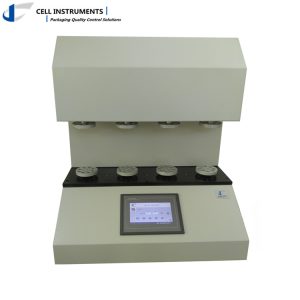Gelboflex Tester Flex Failure Testing Machine


Important of Gelbo Flex Durability
Flex durability is a critical factor that needs to be considered when testing the strength of plastic film in various conditions. By examining how well the packaging material can withstand mechanical stresses like bending, twisting, and compression, we are ensuring that it can effectively endure the rigors of transportation, handling, and storage.
One significant reason for conducting gelbo flex test is to protect the packaged product. If the material used for packaging easily tears or fails when flexed, there is a high risk of damage occurring during transit or when stored in constricted spaces. By assessing the flex durability, we can identify any weaknesses or vulnerabilities in the packaging material and make the necessary improvements to prevent such product damage.
Moreover, gelbo flex test provides valuable data for quality control and regulatory compliance. Organizations like ASTM (American Society for Testing and Materials) have established specific standards to evaluate packaging performance. By conducting gelbo flex tests that align with these standards, packaging manufacturers can determine if their materials meet the required specifications. This ensures consistent packaging quality and adherence to regulations.
To summarize, it is crucial to test the flex durability of packaging materials under different conditions to safeguard products, prevent damage, and uphold quality standards. Through gelbo flex test, we can pinpoint any weaknesses in the packaging materials, enhance their design, and certify their ability to withstand real-life usage scenarios.
Application
The Gelboflex tester is used to measure the resistance against repetitive strain for films, composites and coating films, etc. Flex failure is determined by measuring the pinholes formed in the sample structure. It is also called Gelb flex.
Good flex durability resistance will reduce the propensity of the package developing holes during the distribution cycle thereby destroying the package integrity
Sampling and Testing
The sample size (200 by 280 mm) is attached to the flex tester mandrels. The flexing action consists of a twisting motion combined with a horizontal motion (compression), thus repeatedly twisting and crushing the film. The test set up gives a twisting motion of 440º in the first 90 mm of the stroke and is followed by a straight horizontal motion of 65 mm. The speed is 45 cycles per minute.
The flexing action consists of a twisting motion combined with a horizontal motion repeatedly twisting and crushing the film. There are 5 pre-programed test conditions to choose from:
- Mode A– Full flex for 1 hour (2,700 cycles),
- Mode B– Full flex for 20 minutes (900 cycles),
- Mode C– Full flex for 6 minutes (270 cycles),
- Mode D– Full flex for 20 cycles,
- Mode E– Partial flex for 20 cycles
Standard
ASTM F392 Standard Practice for Conditioning Flexible Barrier Materials for Flex Durability




